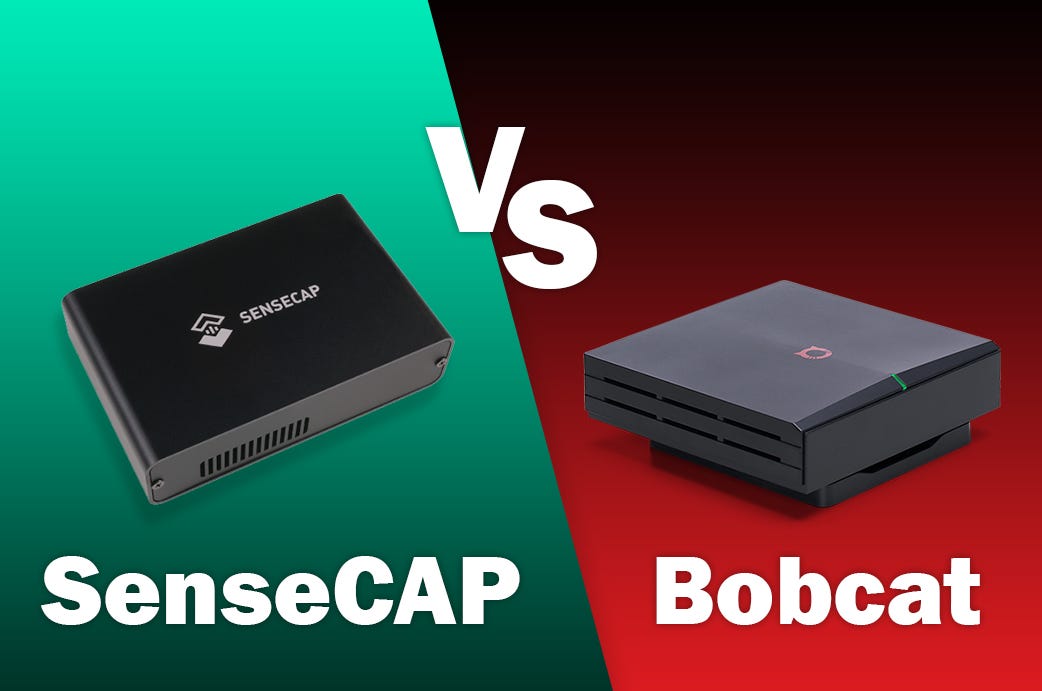The mining industry is undergoing a technological revolution, and one of the most exciting advancements is the use of drones, or unmanned aerial vehicles (UAVs). Drones are transforming how mining operations are conducted, offering enhanced efficiency, safety, and data collection capabilities. This article explores the various applications of drones in mining, their benefits, challenges, and future prospects.
Applications of Drones in Mining
- Surveying and Mapping:
- Drones equipped with high-resolution cameras and LiDAR technology can create detailed topographical maps and 3D models of mining sites. This data is invaluable for planning and optimizing mining operations, reducing the time and costs associated with traditional surveying methods.
- Stockpile Monitoring:
- Drones can efficiently monitor stockpiles of materials, providing accurate volume measurements and ensuring effective inventory management. Regular aerial surveys can help identify discrepancies and prevent overstocking or shortages.
- Environmental Monitoring:
- Drones play a crucial role in environmental assessments by monitoring changes in vegetation, water quality, and wildlife habitats around mining sites. This data helps ensure compliance with environmental regulations and supports sustainable mining practices.
- Inspection of Infrastructure:
- Drones can be used to inspect critical infrastructure such as haul roads, tailings dams, and equipment. Their ability to capture high-resolution imagery allows for early detection of potential issues, reducing downtime and maintenance costs.
- Safety and Emergency Response:
- In emergency situations, drones can quickly assess hazardous areas, providing real-time information to emergency responders. They can help locate trapped individuals and evaluate risks before human teams enter dangerous environments.
- Site Surveillance and Security:
- Drones can enhance site security by monitoring for unauthorized access or theft. Equipped with thermal imaging cameras, they can detect intruders even in low visibility conditions.
Benefits of Using Drones in Mining
- Cost Efficiency:
- Drones significantly reduce the costs associated with traditional surveying and monitoring methods. They require fewer personnel and less time to gather data, resulting in substantial savings for mining companies.
- Improved Safety:
- By conducting inspections and monitoring hazardous areas from the air, drones minimize the need for workers to enter potentially dangerous environments, thereby enhancing overall safety.
- Enhanced Data Accuracy:
- Drones provide high-quality, accurate data that can be analyzed quickly, allowing for more informed decision-making. This leads to improved resource management and operational efficiency.
- Faster Operations:
- The speed at which drones can collect and process data allows mining companies to react quickly to changing conditions, optimizing operations and reducing delays.
- Environmental Responsibility:
- By enabling better monitoring of environmental impacts, drones support sustainable mining practices. They help companies comply with regulations and maintain their social license to operate.
Challenges of Drone Integration
- Regulatory Compliance:
- The use of drones is subject to strict regulations in many countries. Mining companies must navigate these regulations to ensure compliance, which can vary significantly by location.
- Initial Investment:
- While drones can save costs in the long run, the initial investment in drone technology, software, and training can be substantial. Companies must assess the return on investment carefully.
- Technical Expertise:
- Operating drones and analyzing the data they collect requires specialized skills. Mining companies may need to invest in training or hire experts to maximize the benefits of drone technology.
- Weather Dependency:
- Drones are susceptible to adverse weather conditions, such as high winds or heavy rain, which can limit their operational capabilities and data collection.
- Data Management:
- The volume of data generated by drones can be overwhelming. Mining companies must have effective data management and analysis systems in place to make the most of the information collected.
Future Prospects
As technology continues to evolve, the potential applications for drones in mining are likely to expand. Advances in artificial intelligence (AI) and machine learning will enable more sophisticated data analysis, providing deeper insights into mining operations. Additionally, the integration of drones with other technologies, such as remote sensing and the Internet of Things (IoT), will create even more opportunities for optimization and efficiency.
Conclusion
Drones are revolutionizing the mining industry, providing innovative solutions for surveying, monitoring, and enhancing safety. Their ability to gather accurate data quickly and efficiently is transforming operational practices and supporting sustainable resource management. While challenges remain, the benefits of integrating drone technology into mining operations are undeniable. As the industry continues to embrace technological advancements, drones will play an increasingly vital role in shaping the future of mining, promoting efficiency, safety, and environmental responsibility.

